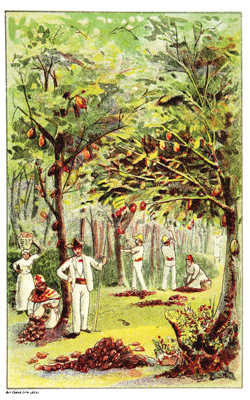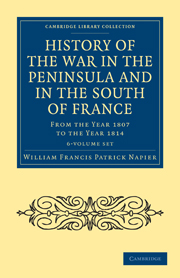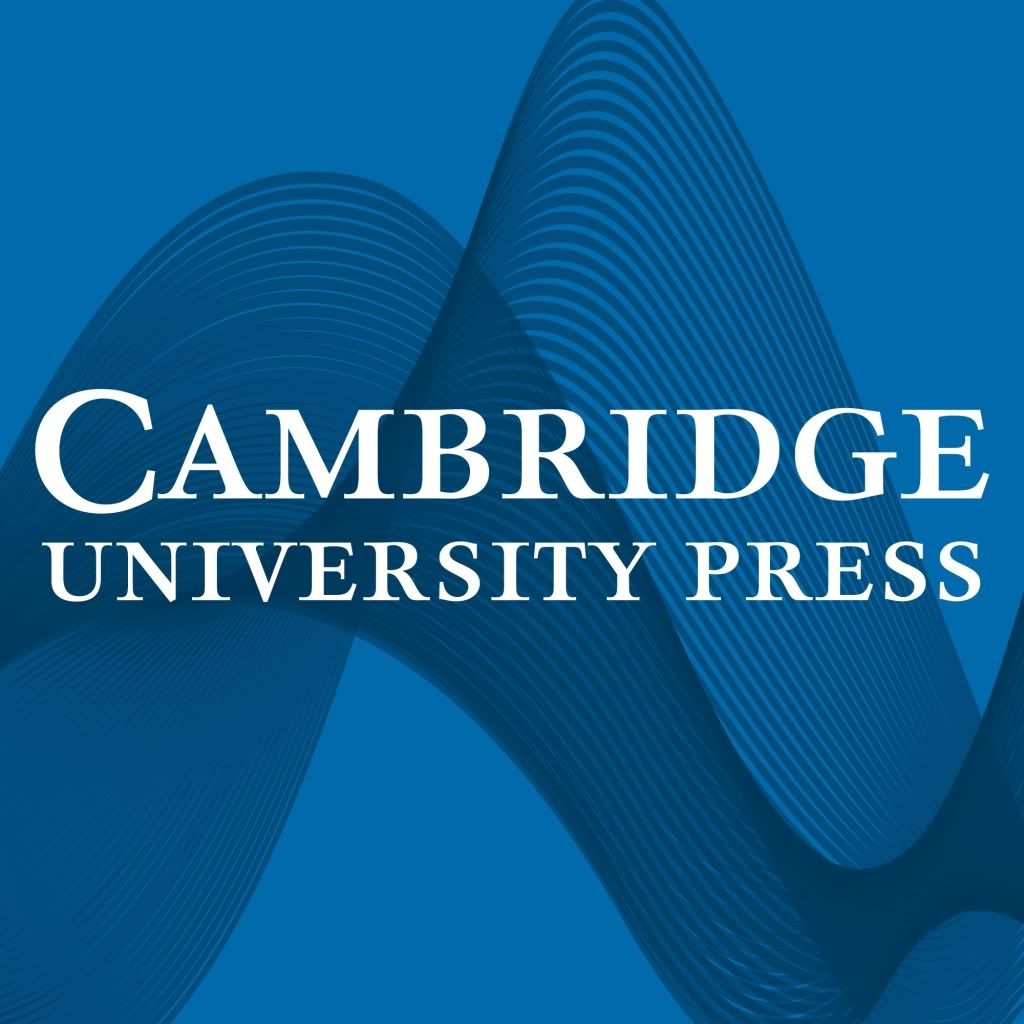 ‘”Christmas won’t be Christmas without any presents”, grumbled Jo, lying on the rug. “It’s so dreadful to be poor!” sighed Meg, looking down at her old dress. …’ No need to cancel this Christmas, however, though it is a blow to learn that Messrs Cadbury have decided to discontinue their traditional little bags of gold and silver coins.
‘”Christmas won’t be Christmas without any presents”, grumbled Jo, lying on the rug. “It’s so dreadful to be poor!” sighed Meg, looking down at her old dress. …’ No need to cancel this Christmas, however, though it is a blow to learn that Messrs Cadbury have decided to discontinue their traditional little bags of gold and silver coins.
In the UK, of course, Cadbury is virtually synonymous with chocolate, in the same way that I believe Hershey is in the United States. I’ve never got over the disappointment of my first taste of a Hershey’s bar – not at all like what I’d call chocolate. But I don’t suppose for a minute that I would much have liked the original drink of the Incas: ‘chocolatl, a potation of Chocolate flavoured with vanilla and other spices [including chilli], and so prepared as to be reduced to a froth of the consistency of honey … This beverage, if so it could be called, was served on golden goblets, with spoons of the same metal or of tortoiseshell finely wrought’.

More foreigners – an Arab, a Chinaman and an ‘Indian’ – each enjoying his own exotic beverage in harmony
This description, and much more, can be found in Cocoa: All About It, published in 1892 by Richard Cadbury (1835–99) under the pseudonym ‘Historicus’. His father, John Cadbury (1801–89), originally apprenticed in the tea trade, had opened his chocolate factory four years before Richard was born. The Cadburys were Quakers, and therefore teetotal, like the other great chocolate family, the Frys (type-founders as well as chocolate makers): non-alcoholic beverages were extremely popular in the Quaker community as well as with Methodists and the various temperance movements which developed in the course of the nineteenth century.
It is often claimed that Sir Hans Sloane had a hand in popularising drinking chocolate in Britain, by adding milk to it (and his name has been borrowed for a new ‘artisanal’ chocolate brand). Cadbury does not mention this, but he does note that the Spanish adopted it as a drink well before the British and Dutch, who ‘make little use of it when they take a prize at sea, as not knowing the secret virtue and quality of it for the good of the stomach’.
In June 1657, the Public Adviser announced that ‘in Bishopsgate Street, in Queen’s Head Alley, at a Frenchman’s house, is an excellent West India drink called chocolate to be sold, where you may have it ready at any time, and also unmade, at reasonable rates’. Interestingly, only a month before, it had advertised coffee:
‘In Bartholomew Lane, on the back side of the Old Exchange, the drink called coffee, which is a very wholesome and physical drink, have many excellent vertues, closes the orifice of the stomach, fortifies the heat within, helpeth digestion, quickeneth the spirits, maketh the heart lightsom, is good against eye-sores, coughs or colds, thumes, consumptions, head ache, dropsie, gout, scurvy, King’s evil, and many others; is to be sold both in the morning and at three of the clock in the afternoon.’
So, in terms of primacy, we might have become a nation of hot chocolate drinkers. But presumably the sources of coffee were better established than those of chocolate, which initially presented difficulties in cultivation which Cadbury describes (from a 1690 account of former Spanish plantations in Jamaica and Trinidad): ‘for though it promised fair, and throve finely for five or six years, yet still … withered and died away by some unaccountable cause’. Chocolate houses apparently become established much later, and were regarded as rather more ‘elegant and refined’ than the coffee houses, which had developed into all-male places of business rather than of leisure.
When Linnaeus gave the cocoa tree a name, he rather poetically called it Theobroma cacao (his own Latinised Greek coinage, apparently), food of the gods – another word today being used worldwide to indicate classy chocolate products. But by comparison with tea and coffee, imports of chocolate were small up to the middle of the nineteenth century, and heavily taxed. In 1889, consumption of tea was calculated at 150 million lbs. a year, coffee at between 80 and 100 million, but cocoa only around 18.5 million – ‘surprisingly small consumption, especially when it is remembered that so much of it goes in bon-bons’.
The first ‘instant’ chocolate drink was offered for sale in Britain in 1830: John Cadbury was therefore one of its earliest large-scale manufacturers. Indeed, in the first few years, his offerings were all liquid: varieties of drinking chocolate and cocoa. Richard Cadbury explains the gradual development of solid chocolate ‘bon-bons’ and chocolate-based sweets, with the technical innovations and engineering feats necessary to make them.
The cloak of his pseudonym enables him to wax enthusiastic about his family’s ‘model factory’ and ‘garden village’ at Bournville, ‘the Worcestershire Eden’. At this time, the firm was using one third of cocoa imported in to Britain, and had the most advanced equipment for processing it and for creating the elaborate packaging which was part of their products’ appeal.
His tour of Bournville and its happy workforce is followed by a stern warning on ways by which the unscrupulous might adulterate the food of the gods, and an interesting chapter on vanilla, the orchid originally found in Brazil and now cultivated across the world, and its importance in flavouring chocolate.
And the illustrations throughout (some shown here) are charming, whether reproductions of seventeenth-century woodcuts, or colour images of the delights of Bournville, when the sun always shines, and the workers are all dressed in white.
‘… in the vast assortment of decorative embellishments every taste and fancy may be gratified. At Christmastide boxes and creams are in universal request.’ But not, it appears, chocolate coins…
Caroline










Pingback: Treasured Possessions | Professor Hedgehog's Journal